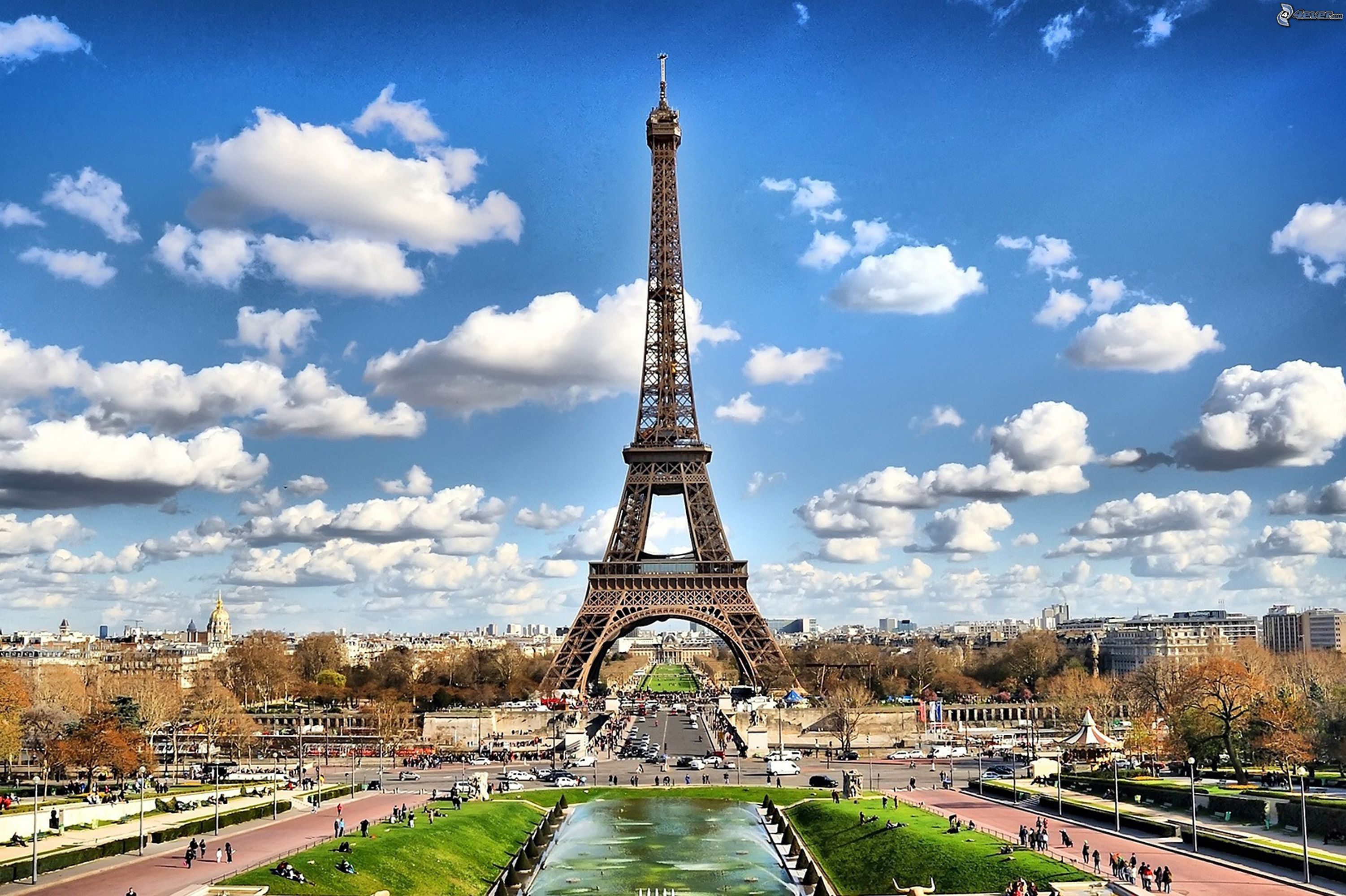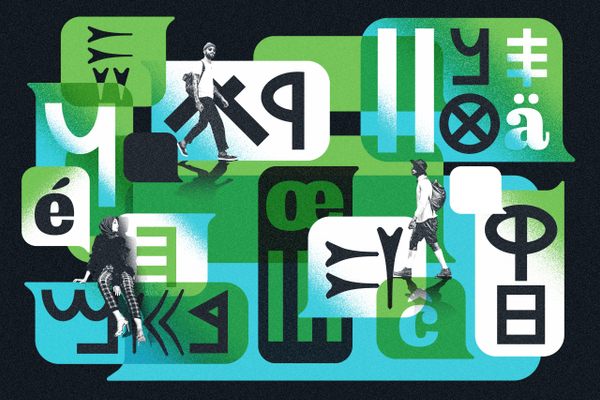Why Do We Love to Think of Places as People?
“Paris, I am in you” is just the latest manifestation of a long tradition.

Every single day for the last several years, dozens of people have arrived in new places, looked around, pulled out their phones and tweeted something rather specific. “[City’s name]!” they all begin. “I am in you!” (Those cities vary from the enviable to the thoroughly avoidable—from San Diego to Hull.) Though the phrase is sometimes traced back to comedian Kevin Smith’s 2009 tweet (“GLASGOW! I am in you (and not just the tip)”), the true origins remain murky, but people have been calling for the practice to stop for at least half a decade.
We are retiring “(name of city), I am in you.”
— Juan Lederhosen (@JuanLederhosen) December 31, 2012
You’re gross, b.
But these vaguely smutty tweets are just a recent form of a long tradition of personifying places. One Bible verse describes Jerusalem as a woman—variously a widow, a queen, and a slave. Isabella Whitney’s 1573 poem “Will and Testament” is structured as a letter to London (“The time is come I must depart/from thee, ah, famous city … Yet to the last, I shall not cease/to wish much good to thee”). Jack Kerouac, too, picked up on the trope: “Paris is a woman,” he wrote in Lonesome Traveler, “but London is an independent man puffing his pipe in a pub.” These are just a few points of interest in a vast literary map that includes Raymond Chandler (Los Angeles), James Joyce (Dublin, obviously), and Honoré de Balzac (Paris, again).
We seem to love to think of places as people, so much so, in fact, that it can even affect whether we visit a place. New research from Queensland University of Technology, in Australia, shows that people who think of animals as people and personify things (quite a lot of us) are far more likely to visit cities that are branded as people. A paper, published in Tourism Management, described a study in which participants were shown an ad for either Paris or Rome. Half of these ads referred to the city as “she,” the other half as “it.” “We found people higher in anthropomorphic traits were more likely to respond with feel-good emotions and have a positive view of the destination after reading the personified ad,” researcher Kate Letheren said in a release.
Personification, in which inanimate objects, abstractions, and institutions are given human qualities, is far and away the most commonly used figure of speech, among children and adults alike. “Death, desire, justice, freedom, inflation, sin, the seasons and so forth can be—and are—seen as living things,” write researchers Stephen Brown and Adriana Campelo, in the Journal of Macromarketing. “We resist temptation, the little devil on our shoulder. We fight against cancer and keep the Grim Reaper at bay. We make snowmen in winter while Jack Frost nips at our extremities.” Personifying places also works to build national identity and spur patriotism, often through the emblem of a powerful woman, who protects and must be protected: Lady Liberty, Britannia, Marianna, Mama Africa, Mother Russia.

Brown and Campelo argue that as more and more people choose to, or are obliged to, live in cities, we’ve come to celebrate conurbations and think of them as sheltering organisms. Marketers are taking note and branding cities accordingly, creating a feedback loop of mutual reinforcement. One of the best-known and most successful urban brands explicitly personifies the city: “I amsterdam,” an award-winning 2004 Dutch campaign. Travel advertisements—in the past as today—have done this in a slightly different way that is more obviously gendered: A marketing campaign for a city or place might show an image of a woman who at once sums up and represents that destination.
So when you tweet “Dubai, I am in you,” you’re being vulgar. But you’re also tapping into millennia of describing cities as people (and often as women). The tweets will hopefully stop, but the literary, and now marketing, trope seems endless.










Follow us on Twitter to get the latest on the world's hidden wonders.
Like us on Facebook to get the latest on the world's hidden wonders.
Follow us on Twitter Like us on Facebook